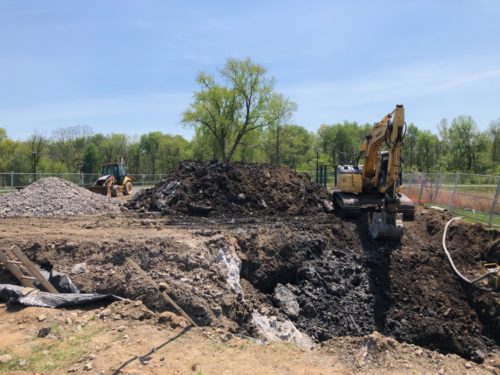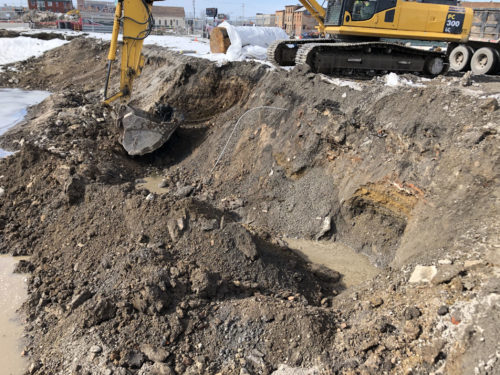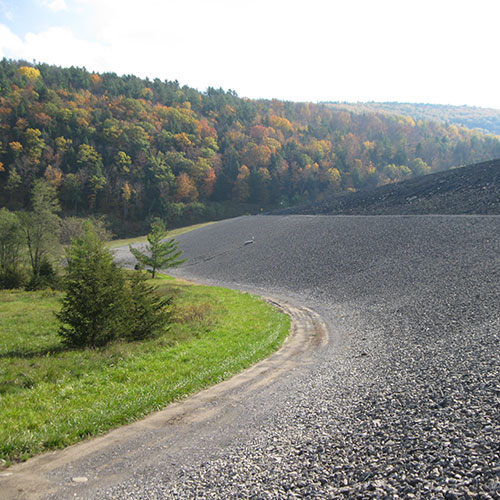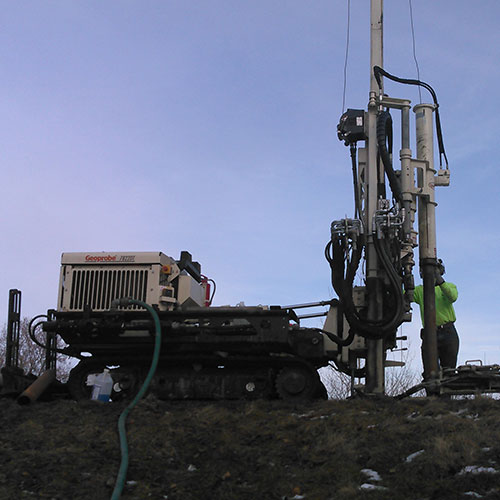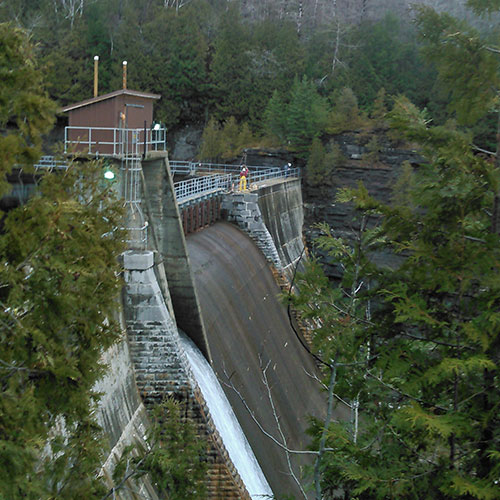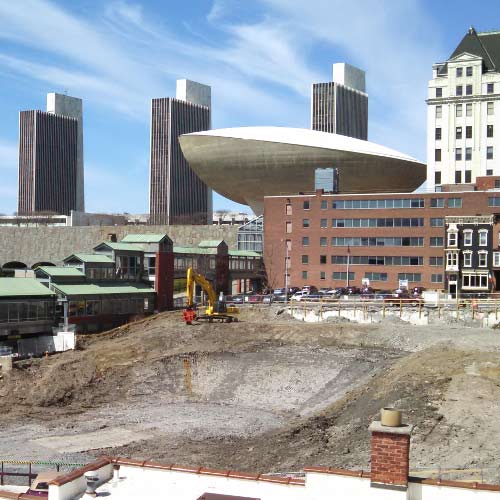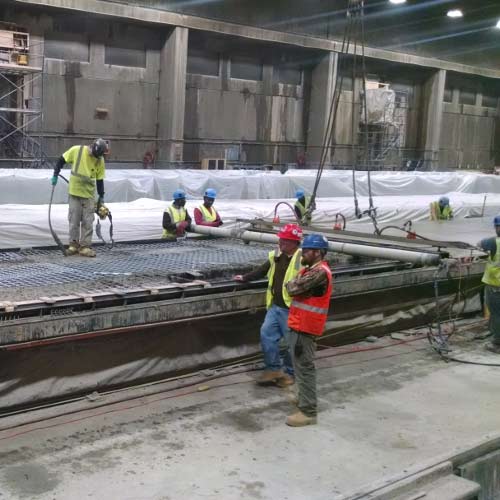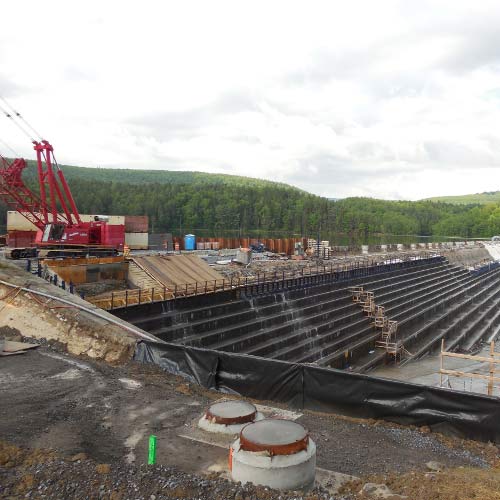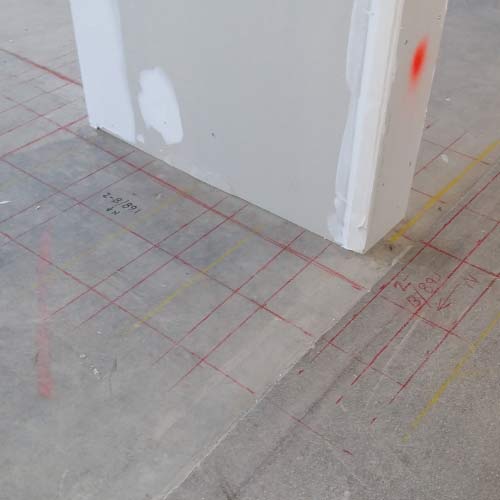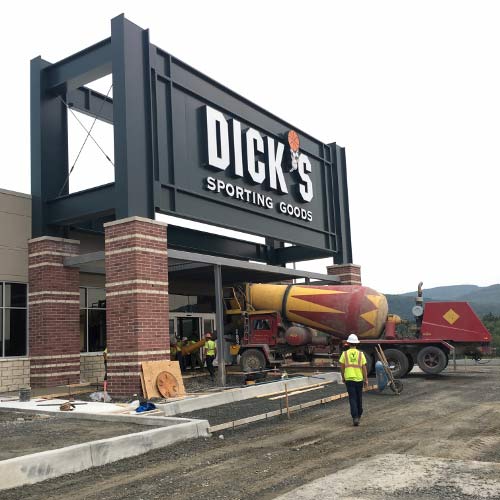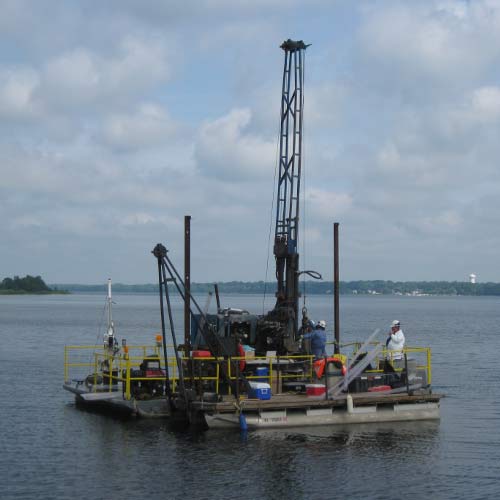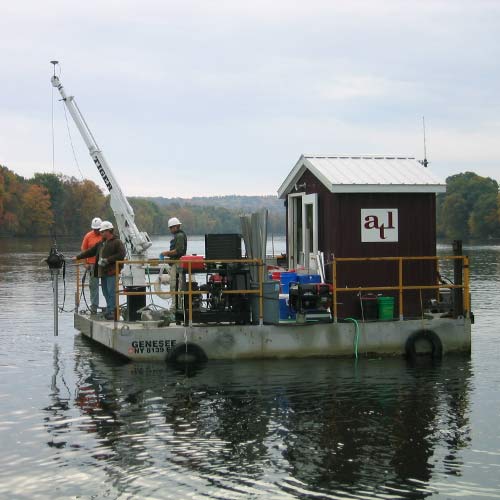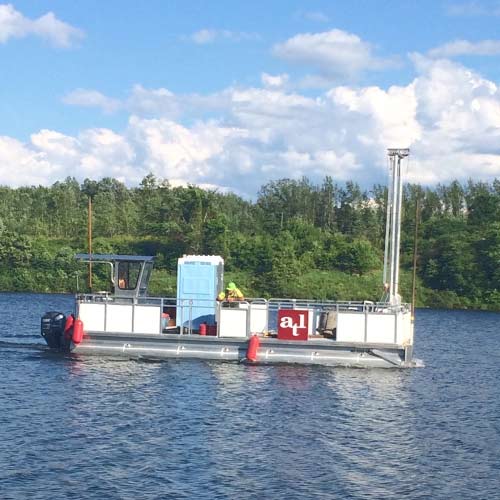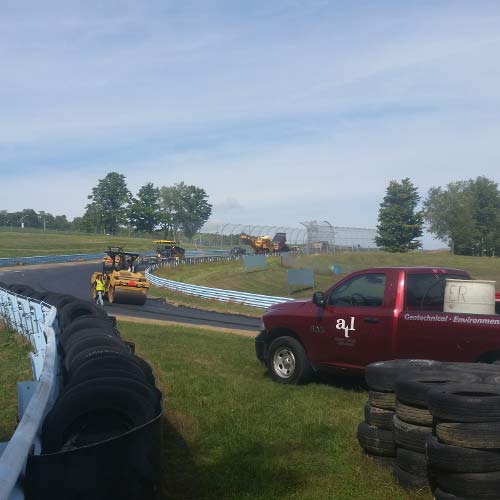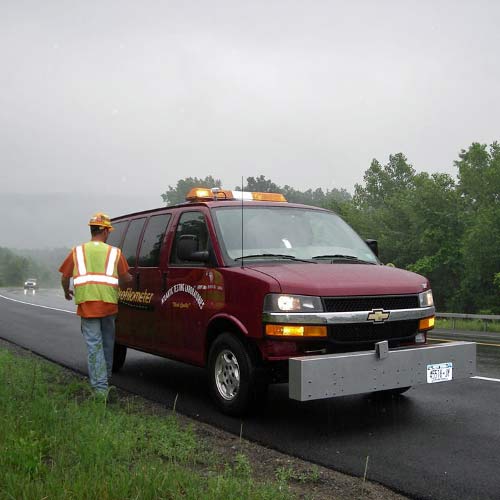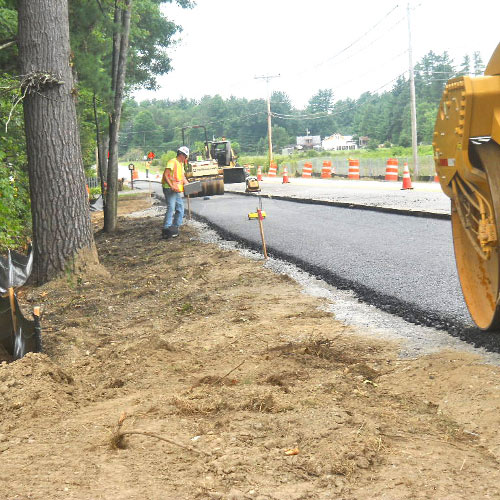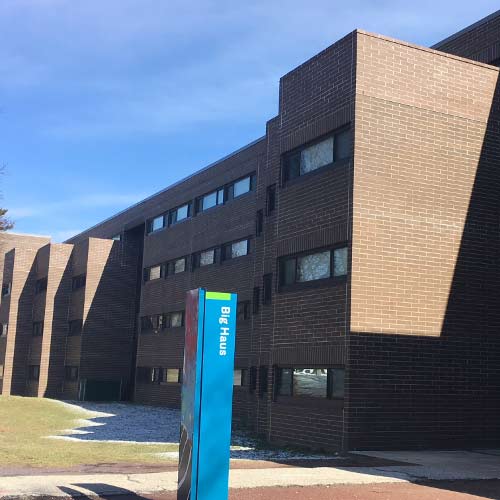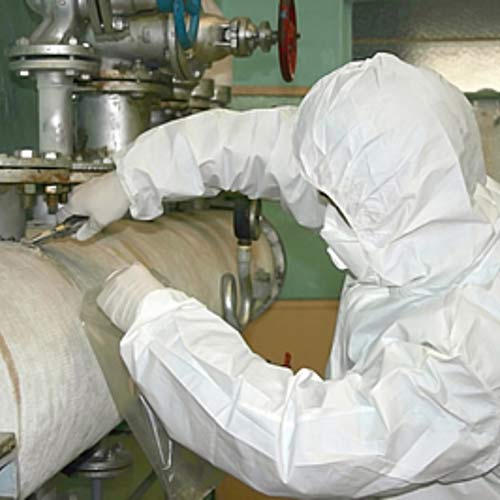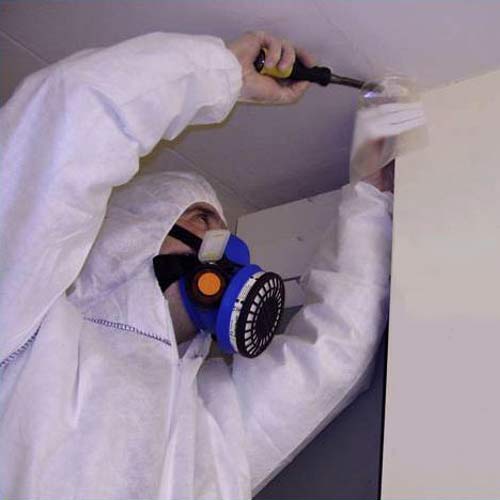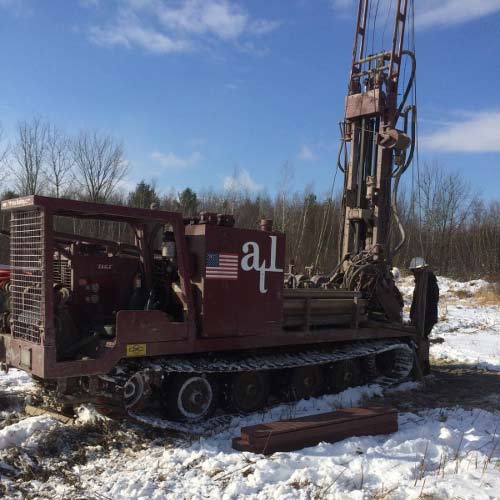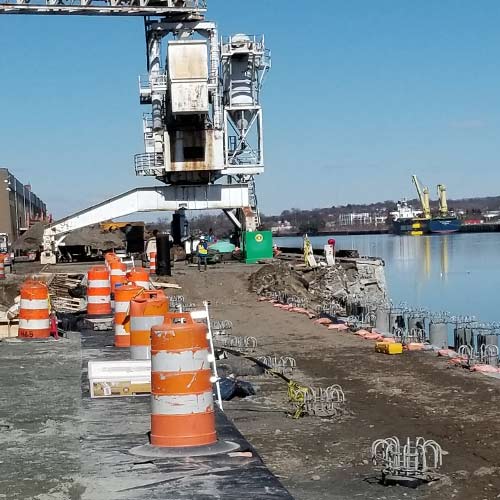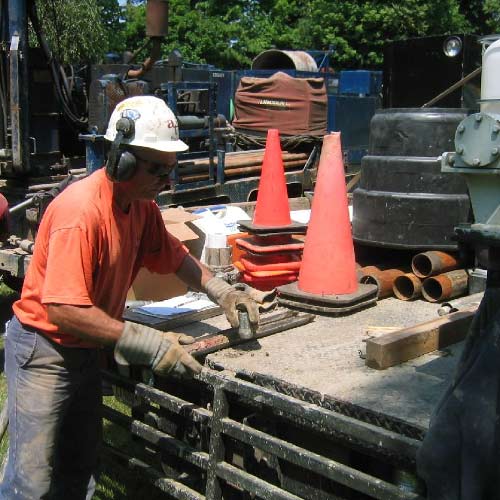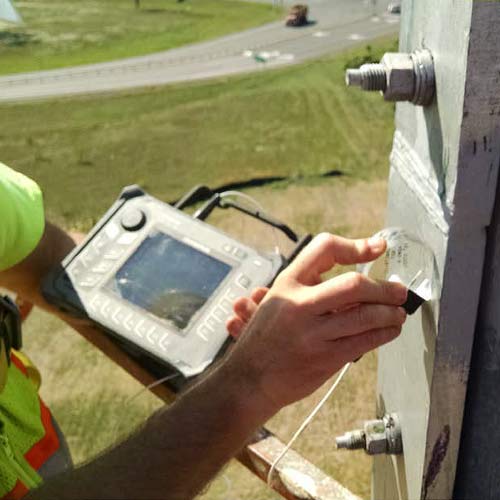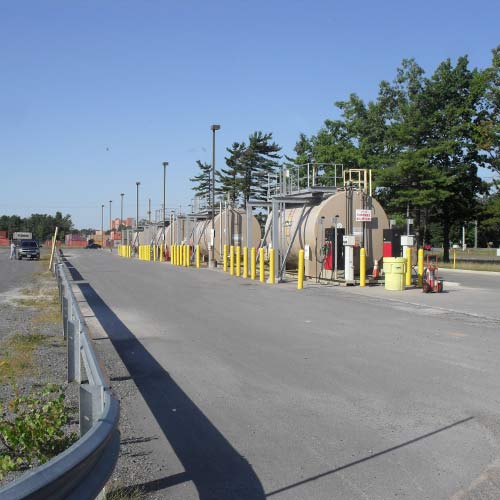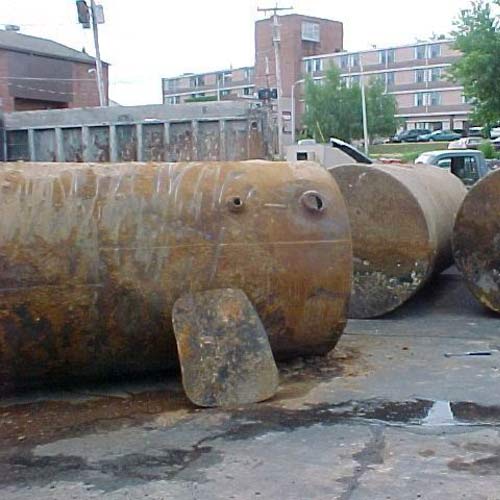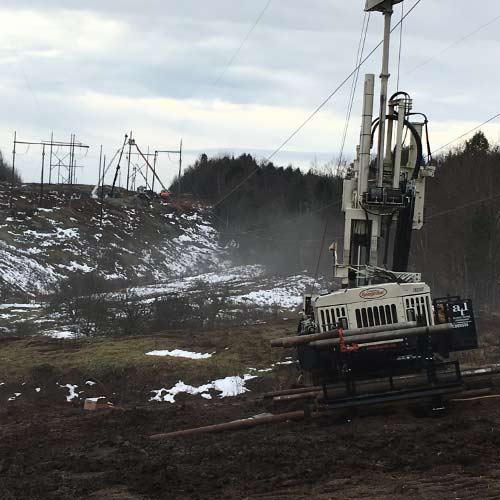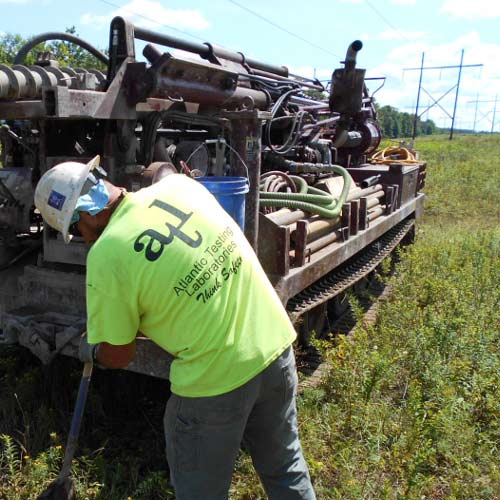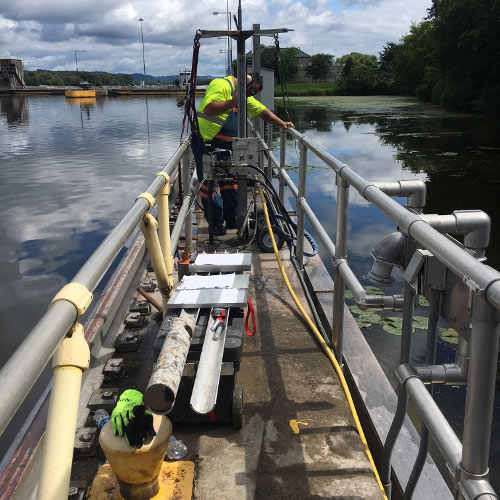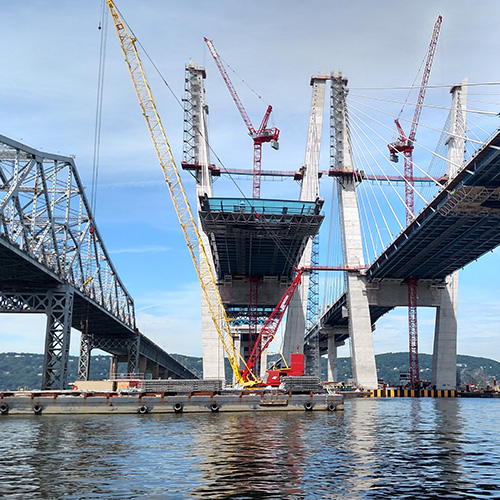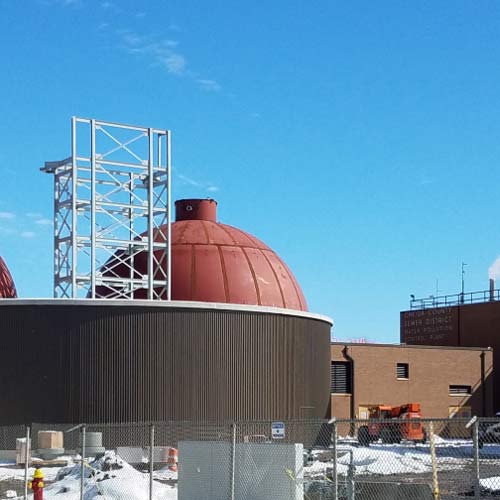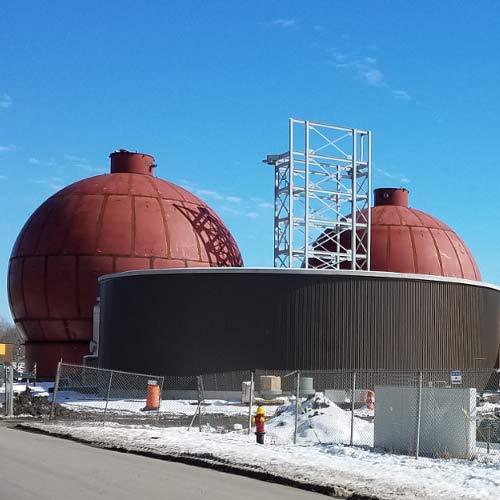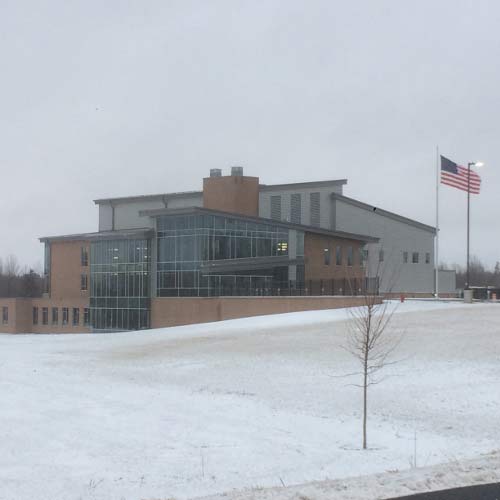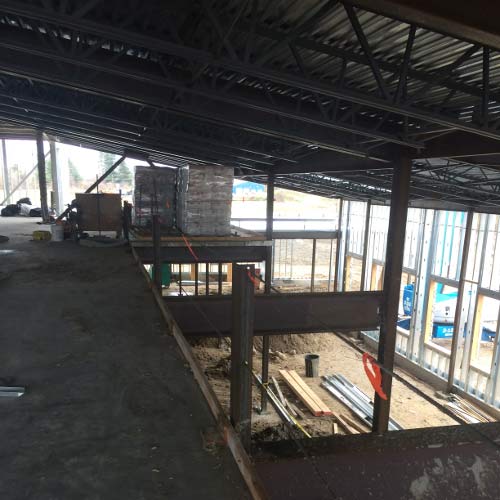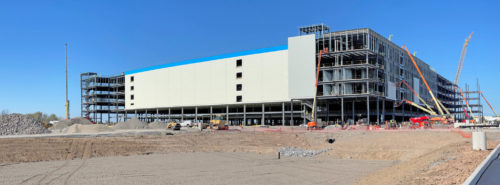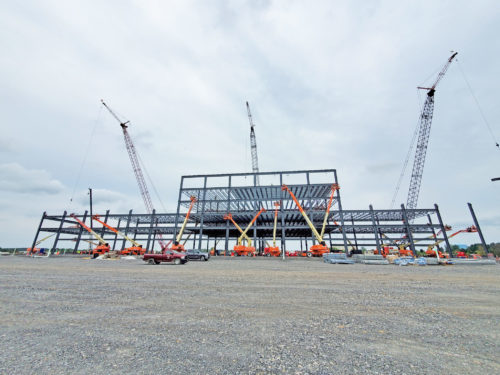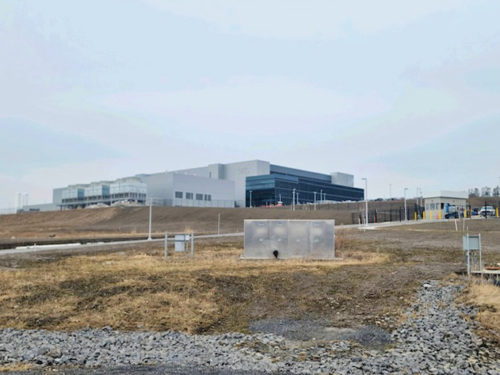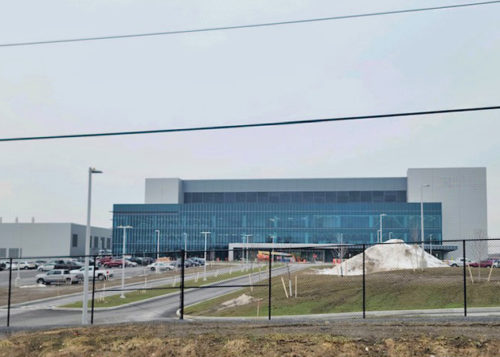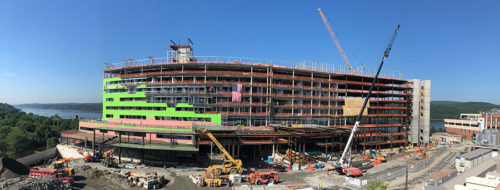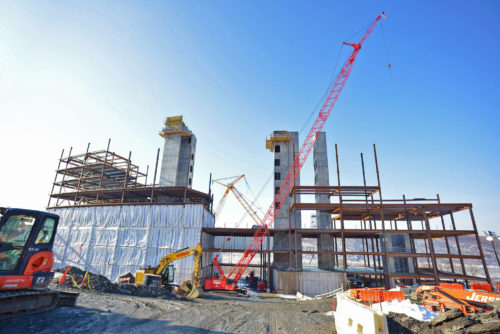Click the following link to view the PDF of this paper: Soil Excavation and Reuse as Fill Material Under a Pre-determined Beneficial Use

Cheyenne J. Dashnaw, PE
Senior Engineer
Atlantic Testing Laboratories
Excavation of soil and characterization as fill for reuse or waste for disposal is a typical consideration in site development and construction projects. While pristine undeveloped property is an ideal scenario to yield uncontaminated excavated materials, such properties are rarely available for commercial, industrial, or municipal projects. For sites with prior development, or even undeveloped sites in the immediate vicinity of urban or industrial areas, it is important to assess the potential for contaminants and understand how excavated soil material can be managed to avoid risks of cross-contamination and ensure compliance with existing regulations.
In New York State, solid waste management regulations (under 6 NYCRR Part 360) define requirements for assessment and reuse or disposal of excavated materials. In general, excavated material from developed sites are classified as construction and demolition (C&D) debris or construction waste unless the material satisfies criteria for exemption. One of these criteria specifies that excavated soil ceases to be a solid waste and can be reused under a predetermined beneficial use determination (BUD) if the excavated material is used in accordance with 6 NYCRR Part 360.13. Reuse of soil under a predetermined BUD is favorable as it lessens the volume of materials being transferred to landfills and supplies soil to other sites where fill is needed.
The pre-determined beneficial use of excavated material as fill is acceptable if such material is determined to satisfy the conditions of one of the following fill types (as described in 6 NYCRR Part 360.13(f)):
• Fill Type 1 (F1): F1 is comprised of only soil, sand, gravel, or rock that is generated outside of New York City, has no evidence of historical contamination (based on site use, reported spill events, or visual and other indicators of chemical of physical contamination), and must not produce objectionable petroleum or other odors. No testing is required for this fill type.
• Fill Type 2 (F2): F2 is comprised of only soil, sand, gravel, or rock and must not produce objectionable petroleum or other odors. Testing is required and maximum contaminant levels are the lower of Soil Cleanup Objectives established in 6 NYCRR Part 375 for Protection of Public Health – Residential Land Use and Protection of Groundwater. F2 Differs from F1 relative to evidence of historical contamination or site use that may have impacted the soil.
• Fill Type 3 (F3): F3 is comprised of only soil, sand, gravel, and de minimis amounts of brick, concrete, or asphalt. F3 must not produce objectionable petroleum or other odors. Testing is required and maximum contaminant levels are the same as described for F2.
• Fill Type 4 (F4): F4 is soil that has no volume limit for granular, compactible non-soil constituents, and such non-soil constituents exclude plastic, gypsum board, wood, paper, or other material that may readily degrade or produce odors. Testing is required and maximum contaminant levels are the same as described for F2, but the limit for polycyclic aromatic hydrocarbons is set at 3 mg/kg (dry weight) using a calculation for benzo(a)pyrene (BAP) equivalent. BAP equivalent is not applicable for fill materials in Nassau or Suffolk counties.
• Fill Type 5 (F5): F5 has the same conditions as F4, except that maximum contaminant levels for metals are set at the Soil Cleanup Objectives established in 6 NYCRR Part 375 for Protection of Public Health – Commercial.
Aside from Fill Type 1, testing is required as part of the characterization for determining whether excavated material can qualify for pre-determined beneficial use. 6 NYCRR Part 360.13 includes provisions for characterization of fill through a sampling program that is designed and implemented by or under the direction of a qualified environmental professional (QEP). Representative samples of fill should be collected, with minimum quantities outlined in Table 1 of 6 NYCRR Part 360.13(e)(1), and analyzed by a laboratory certified by the New York State Department of Health (NYSDOH) Environmental Laboratory Approval Program (ELAP). Grab samples are laboratory analyzed for volatile organic compounds, and composite samples are laboratory analyzed for semi-volatile organic compounds, pesticides, hexavalent chromium, cyanide, metals, and polychlorinated biphenyls. Additionally, visual observation of the fill material should be conducted to estimate the volume of physical contaminants, and analysis for asbestos should be performed if suspect asbestos-containing materials are observed.
The classification of the fill type dictates the permitted end use for the predetermined BUD conditions. The higher the number designation for the fill type, the more restrictive the end use. For instance, Fill Type 1 can have any end use whereas Fill Type 5 is only allowed for engineered use under foundations and pavements and above the seasonal high water table. Fill Type 2 can be used in any setting where the fill meets the engineering criteria, except agricultural land used for raising livestock or producing animal products for human consumption. Fill Type 3 is allowed similar end use as Fill Type 2, except it is also restricted from use on undeveloped land and can only be used on residential property if the material is to be placed under an impermeable surface or at least 3 inches of Fill Type 1, Fill Type 2, or commercial soil. The end use for Fill Type 4 is engineered use for embankments or subgrades in transportation corridors or on sites where in-situ materials contain higher levels of contaminants than the fill. Similar to Fill Type 5, Fill Type 4 must be placed above the seasonal high water table.
If you have a project that may require soil sampling per NYSDEC 6 NYCRR Part 360, ATL, a WBE certified company, has experienced environmental professionals located throughout New York State, to perform sampling and coordinate applicable analysis services.
For more information, contact Cheyenne Dashnaw, PE at 315-386-4578, info@atlantictesting.com, or visit www.AtlanticTesting.com.
|
ASSOCIATED SERVICES |
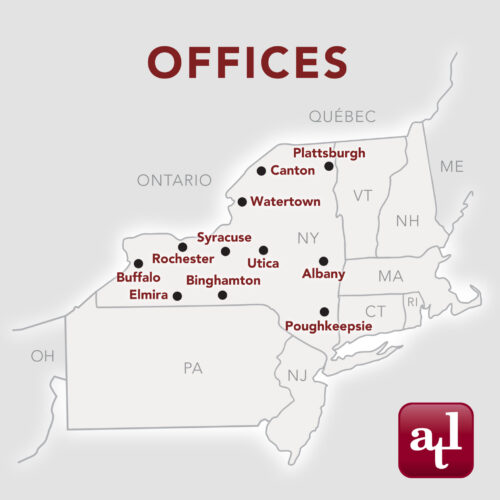 |

